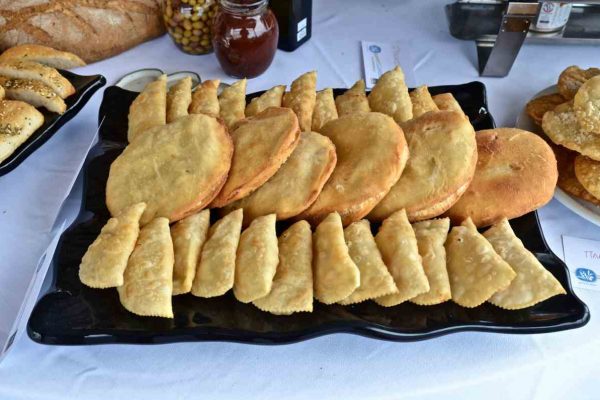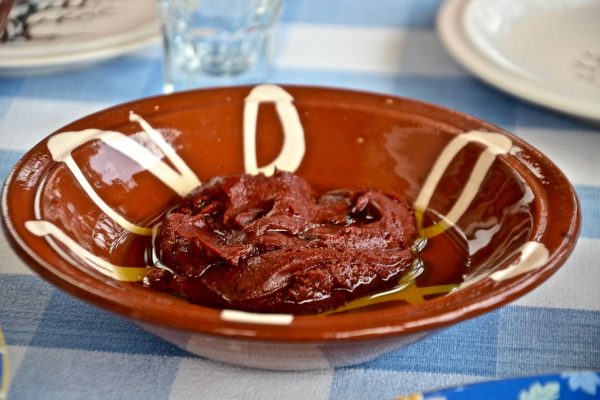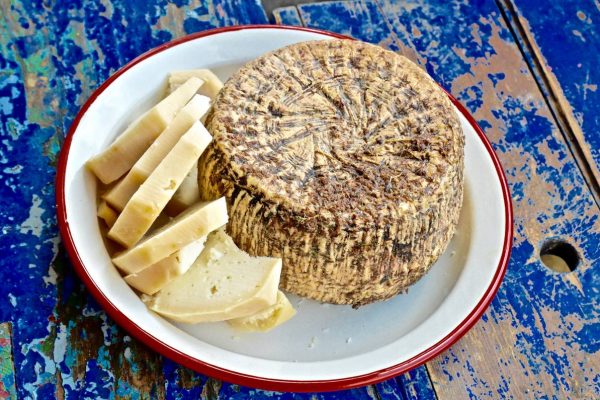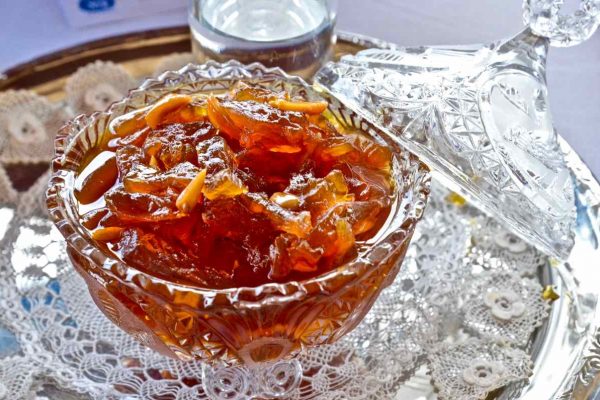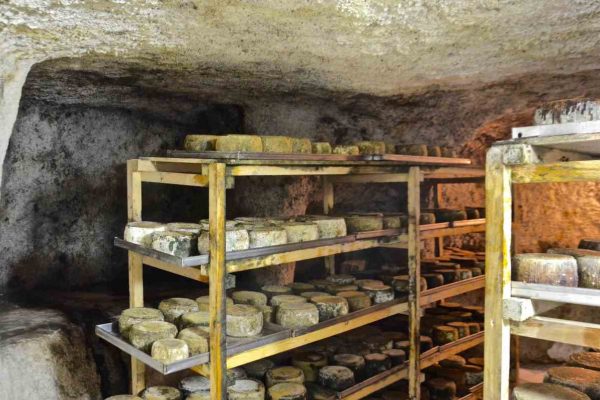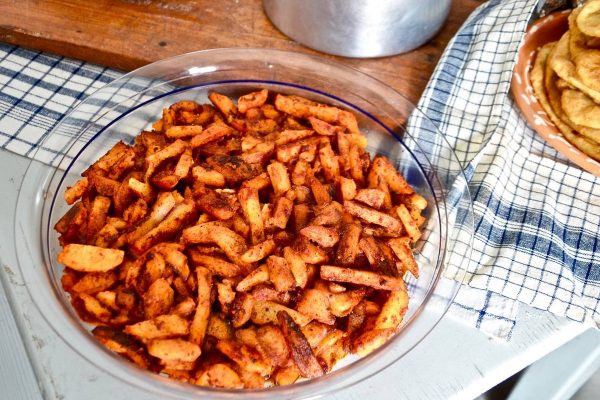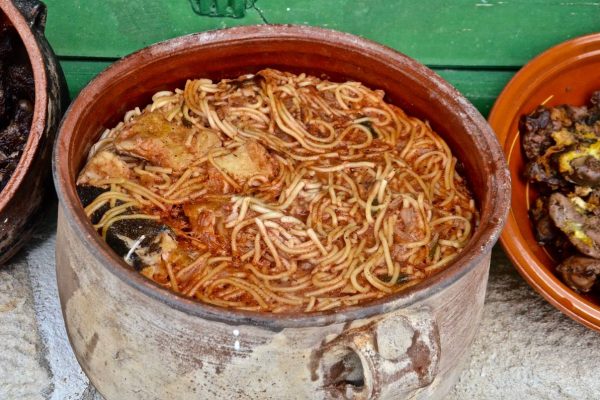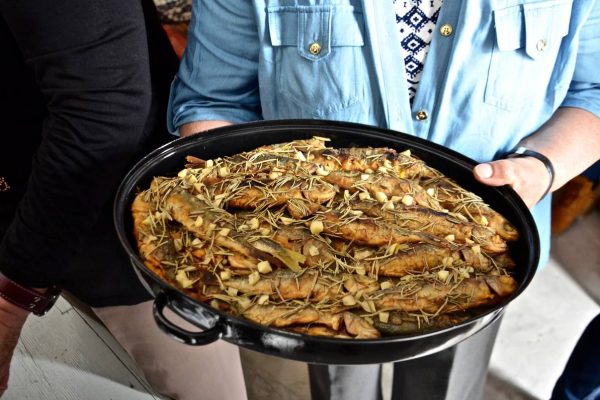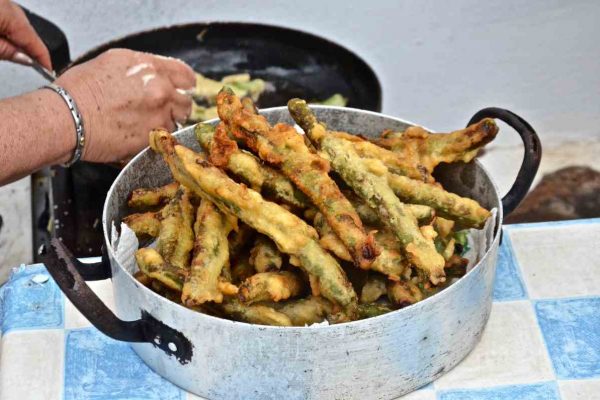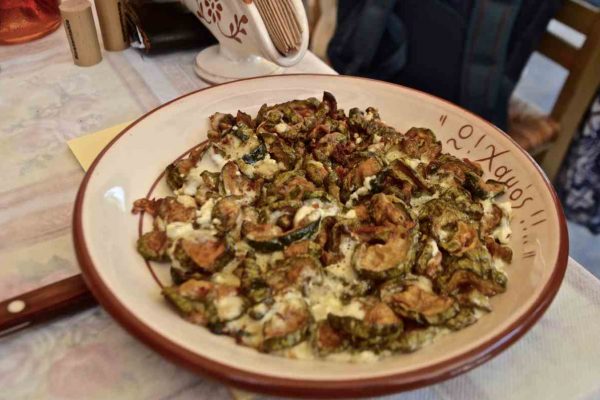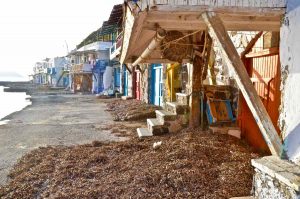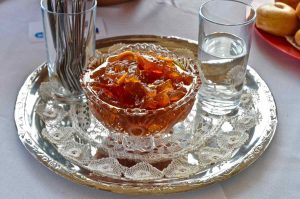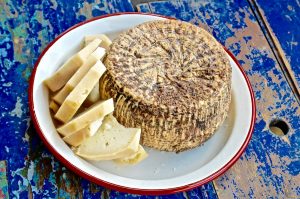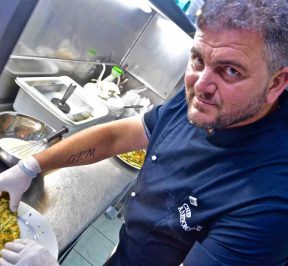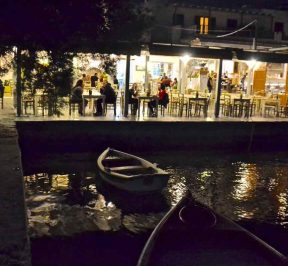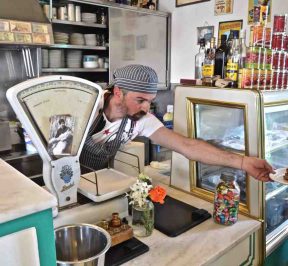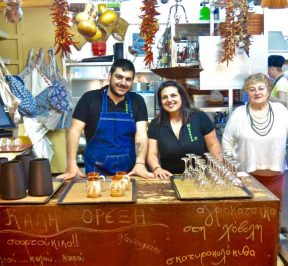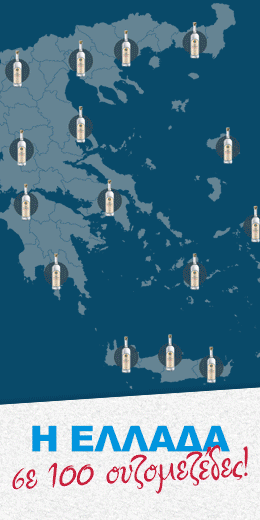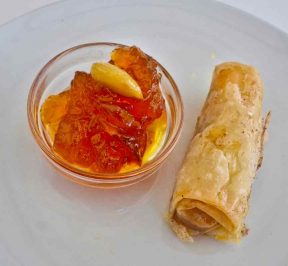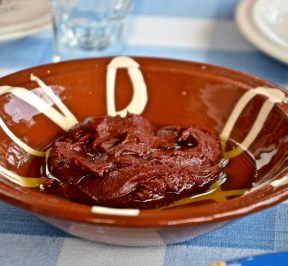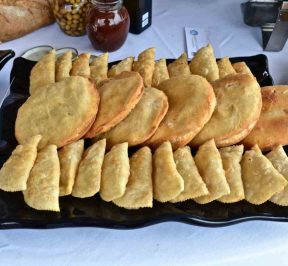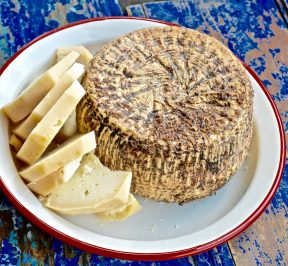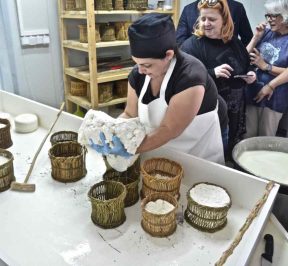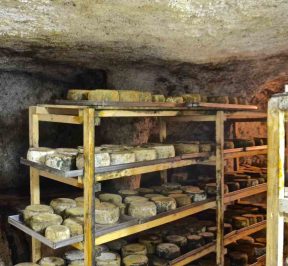Traditional Milos Cuisine
The volcanic soil of the island is responsible not only for the beaches that have made it famous, but also for its unique crops and its particularly delicious products. THE Milos inhabited continuously since 8.000 BC. while from 3.000 BC. at least, people live in organized large settlements, as confirmed by the findings in the excavation of the Prison. Phoenicians, Dorians, Athenians, and Romans left their mark on the island, which passed from the Byzantines to the Venetians. Turkish rule lasted about 250 years, although the Turks never settled permanently on Milos, and ended with the revolution of 1821. Cretans from Sfakia settled its main port, Adamas, in 1844, while the frequent presence of pirates in its waters - and villages -. All this means that the gastronomic tradition of Milia has a very interesting multicultural character, which incorporates elements from all the influences it has received. In addition, wealthy merchants and traveling sailors "grafted" their experiences in the simple cuisine of owls, creating new flavors.
Milos is famous for livestock mainly for sheep and goats, which number 12.000 animals, but only half of which are used for milk collection and consequently in cheese-making - and for especially cheeses of. The main feature of the traditional cheese-making of Milos is the utilization of the countless caves that exist in the volcanic soil of the island and that are utilized for the maturation and aging of the cheeses, since they provide the appropriate conditions of coolness and humidity. The main ones cheeses of Milos are the manoura, the green, the semi-green or the melichloro, the dry Mileiko cheese, the mizithra, the af (i) otyria, the athotyro, the xinomyzithra and the skotyri.
The Maleic cheese. A head of Maleiko cheese with 15 months of aging has nothing to envy from Italian parmesan!
Beltes or tomato juice. The core of the male gastronomy is the beltes of local tomatoes. After removing the bark and seeds (they used them for the new sowing), the tomato juice was dried in the sun with salt and after drying it was mixed with the oil. And that they did not use it! In lasagna, braised potatoes, potatoes, beans, fish, meat and all cooked foods. Of course it was the snack of the children, but also of the adults on sliced bread. Almost everything in Milos is cooked with the belte:
- Goat in the hull with male belt baked in a wood oven
- Pork with pulp and mashed potatoes in the wood oven.
- Braised cod, with spaghetti and belte.
- French fries with tomato juice. In the fried potatoes you pour tomato juice (malete belle) in water and oil and they all melt together.
- Garlic cloves. The garlic lasagna of Milos is in the shape of a talatiela and is cooked with garlic and apple jelly.
- Snails (snails) yachni, with onion and tomato fresh and belte.
But there are some foods that go beyond the omnipotence of the belt such as:
- Minions (small sun-dried fish). They are dried in the sun, baked on the embers and dipped in oil.
- Pumpkin. Rare meze. Fried zucchini (actually small zucchini) fried in olive oil and then re-fried with butter to make a mixture. Served at tavern Oh! Loss to Adamas.
- Fries. Chlorophylls late before hardening, dipped in batter and fried in olive oil.
- Plate pies. Inside the handmade dough is dry cheese (Miliko), kneaded together and spread with the rolling pin on thin pies.
- Pies with maneuver. Simple handmade dough creates pies that are characterized by their thin thickness, elasticity and at the same time their crispness.
- Flashes. Pies made from handmade sheet, wild greens, spinach, rice and raisins.
- Pumpkin pie. With pumpkins, raisins and honey.
- Tomato meatballs, from locally dried tomatoes. They are dried in the sun with salt. At the time of processing, they are salted and fried with batter.
- Savoro fish. Fried oysters or puddings, quenched with vinegar, oil, rosemary and garlic.
- Sea shells. Boiled in water, with lemon oil.
- Sweet candy. The traditional dessert of Milos made from pumpkin.
The pleasant thing is that many of these delicacies can be found in some taverns that respect themselves and the gastronomy and traditional cuisine of Milos.
PLACE & HISTORY - TRADITIONAL KITCHEN
TAVERNS - RESTAURANTS - CAFES


